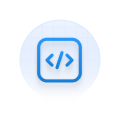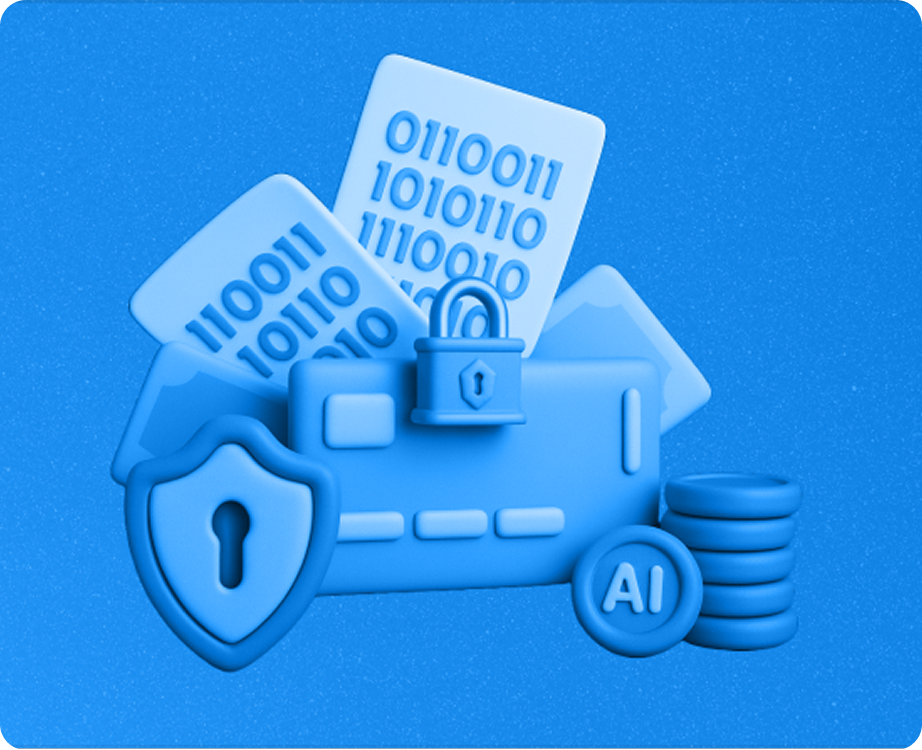Introduction
For countless years, healthcare professionals have grappled with aiding their patients on their road to recovery, facing limitations as mere mortals, bound by the constraints of time, energy, information, and available resources. However, today, the world of healthcare is undergoing a remarkable transformation. Picture a future where your physician can foresee changes in your health even before they manifest. Predictive analytics ushers in a new era where your doctor can meticulously analyze your health data and forecast the likelihood of conditions such as the flu, colds, and strokes
This wealth of data is now at an organization’s fingertips, reshaping the healthcare landscape. It is revolutionizing how we uncover diseases, amplifying the efficiency of patient care, and optimizing the allocation of hospital resources for the seamless coordination and performance of care teams. Let’s take a closer look at the intricacies of predictive analytics in healthcare, exploring its definition, advantages, real-world instances, and its profound impact as a transformative force in the healthcare industry.
What exactly is predictive analytics in healthcare?
Predictive analytics relies on data and statistical algorithms to predict forthcoming events or outcomes. Predictive analytics wields significant power within the healthcare sector, enabling the anticipation of upcoming results by leveraging historical data. This methodology uses predictive algorithms, models, machine learning methodologies, and data mining to uncover data patterns and emerging trends.
The healthcare dataset encompasses patient demographics, medical histories, treatment strategies, insurance claims, medical imagery, electronic health records, and various supplementary data sources. Through the comprehensive analysis of this extensive dataset, healthcare institutions can derive valuable insights into patient well-being, proactively pinpoint potential health hazards in their nascent stages, and take timely action.
Here are a few examples of predictive analytics in healthcare:
1. Identifying chronic disease with predictive analytics – Predictive analytics within the healthcare sector plays a pivotal role in proactively determining individuals who may be susceptible to the onset of chronic conditions and proffering them preventative healthcare measures before the advancement of the ailment. This analytics approach involves the calculation of patient risk scores, which consider many factors such as demographic data, disabilities, age, and historical healthcare utilization patterns.
A study featured in Diabetes Care showcased how predictive analytics models in healthcare can accurately estimate the five to ten-year life expectancy of elderly individuals with diabetes, thus empowering healthcare professionals to tailor personalized treatment strategies.
2. Resource allocations: Healthcare organizations manage vast networks of resources within complex systems. Even in national-level organizations, seemingly minor misallocations can have profound ripple effects. Predictive analytics holds the capacity to not only foresee equipment failures but also decipher resource allocation patterns and predict future demands.
By examining data related to equipment utilization and maintenance records, these predictive models can pinpoint equipment that is at high risk of failure. It empowers healthcare providers to proactively schedule maintenance or replacement, mitigating potential disruptions in patient care and preserving lives.
3. Hospital Readmission Rates – Despite the ongoing efforts of the Hospital Readmission Reduction Program to minimize unexpected patient returns within 30 days, this issue remains pervasive nationwide. In 2018, the nation grappled with a significant challenge as the average adult readmission rate stood at 14%, with a noteworthy 20% attributed to just four conditions – septicemia, heart failure, diabetes, and COPD.
However, by implementing predictive analytics, healthcare providers can identify patients at risk of readmission, provide timely warnings, and enhance the quality of their preventive care. For a concrete example of the transformative impact of predictive analytics in healthcare, one need only look to a pioneering Texas hospital that achieved a remarkable 5% reduction in readmission rates.
4. Clinical Predictions – Healthcare institutions leverage predictive analytics to assess the probability of patients developing specific medical conditions, including cardiac issues, diabetes, strokes, or COPD. This involves aggregating a wealth of data sources such as national data, electronic health records (EHR), biometric data, and claims data.
By combining this diverse range of data, healthcare providers can employ machine learning algorithms to analyze patient information and historical outcomes in clinical settings, enabling the development of predictive models for future trends. These models can be tailored to forecast disease probabilities on various scales, such as national, community, or individual levels. For example, let’s consider a specific case.
A remarkable example of predictive analytics in clinical evaluations emerged amid the COVID-19 pandemic. The US National COVID Cohort Collaborative harnessed data from 174,568 prior COVID-19 hospitalizations and applied machine learning models to chart the progression of severity in patients. Leveraging the insights gained from this study to identify high-risk patients early, healthcare providers successfully reduced the mortality rate among their patients, decreasing it from 16.4% in March 2020 to 8.6% in September.

Benefits of predictive analytics in healthcare
Predictive analytics presents many compelling benefits, including the ability to personalize patient care, facilitate timely medical interventions, streamline hospital administrative processes, and ultimately result in cost savings within the healthcare sector.
Improved patient outcomes
Predictive analytics is harnessed in specific scenarios to identify the most beneficial approaches for treatment, medication regimens, and patient engagement materials. Simultaneously, it forecasts disease progression and potential comorbidities. Despite its somewhat restricted implementation, these uses significantly influence patient care and results, facilitating more timely and effective medical interventions.
More consistent care among patients
Disparities in the availability of seasoned, highly-trained administrators and clinicians lead to inconsistent access to top-tier patient care. Incorporating predictive analytics plays a crucial role in addressing this disparity, guaranteeing that expert insights are equally accessible to all patients.
For instance, a highly experienced critical care nurse may have a greater capacity to identify patients at risk of sepsis than a well-trained but less experienced nurse. Predictive analytics, however, enables nurses with less professional experience to provide comparable patient care to their more senior colleagues.
Operations efficiency and cost savings
Predictive analytics accelerates and enhances medical interventions and streamlines healthcare administration and operational management. It aids in optimizing critical care-delivery processes, including patient flow, staffing, and inventory management, ultimately resulting in heightened operational efficiency. Organizations can reduce administrative costs by optimizing workflows, reducing wait times, and improving patient throughput.
According to a 2019 survey by the Society of Actuaries, 42 percent of those using predictive analytics have improved patient satisfaction, and 39 percent have saved money.
Increasing patient engagement and outreach
Medical facilities can use predictive analytics to engage patients and strengthen their relationships with physicians. Studying patient engagement behavior can help spot when patients are becoming non-compliant. With this information, doctors can be proactive instead of waiting until non-compliance reflects on patients’ health.
Lillian Dittrick, Fellow of the Society of Actuaries, said that using predictive analytics to inform care management decisions and develop more robust, more motivational relationships between patients and providers can improve long-term engagement and reduce the risks associated with chronic diseases.

Summarizing thoughts
In conclusion, integrating predictive analytics in healthcare represents a pivotal step toward a more efficient and cost-effective future for the industry. By harnessing the power of data and advanced analytics, we can facilitate timelier and more effective medical interventions and streamline healthcare administration and operational management. Adopting predictive analytics represents a proactive approach to shaping the future of healthcare, potentially elevating patient outcomes and establishing a resilient healthcare system that benefits everyone in the long run.
Akaike proudly presents Medwiz, an innovative AI-driven health chatbot and digital health assistant. It offers users immediate access to precise health information, personalized insights, and expert guidance, a go-to solution for various health inquiries. It specifically caters to individuals seeking proactive well-being management, addressing users’ needs across all ages—from young adults to seniors. Explore the seamless experience at https://medwiz.akaike.ai/ .
Reference
- https://gaine.com/blog/health/5-applications-of-predictive-analytics-in-healthcare-in-2022/
- https://www.foreseemed.com/predictive-analytics-in-healthcare#:~:text=What%20is%20predictive%20analytics%20in,be%20predictive%20of%20future%20events.
- https://ralabs.org/all-you-need-to-know-about-predictive-analytics-in-healthcare/
- https://litslink.com/blog/predictive-analytics-in-healthcare
- https://ts2.space/en/using-predictive-analytics-to-optimize-healthcare-resource-allocation/
- https://intone.com/how-the-power-of-health-data-analytics-is-transforming-the-healthcare-industry/
- https://www.techtarget.com/searchbusinessanalytics/tip/Predictive-analytics-in-healthcare-12-valuable-use-cases
- https://www.philips.com/a-w/about/news/archive/features/20200604-predictive-analytics-in-healthcare-three-real-world-examples.html
- https://www.goavega.com/blog/the-impact-of-predictive-modeling-on-healthcare-cost-reduction/


.png)

.png)

.png)
.png)
.png)



%201.png)

%201.png)

